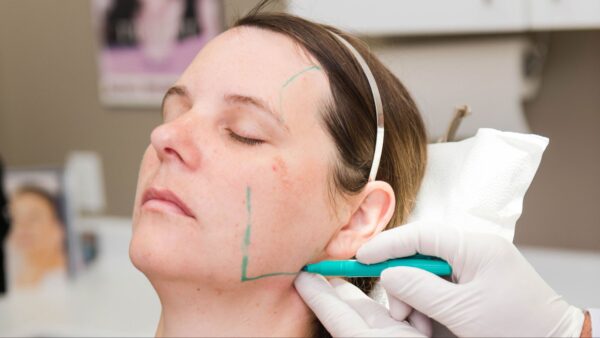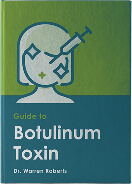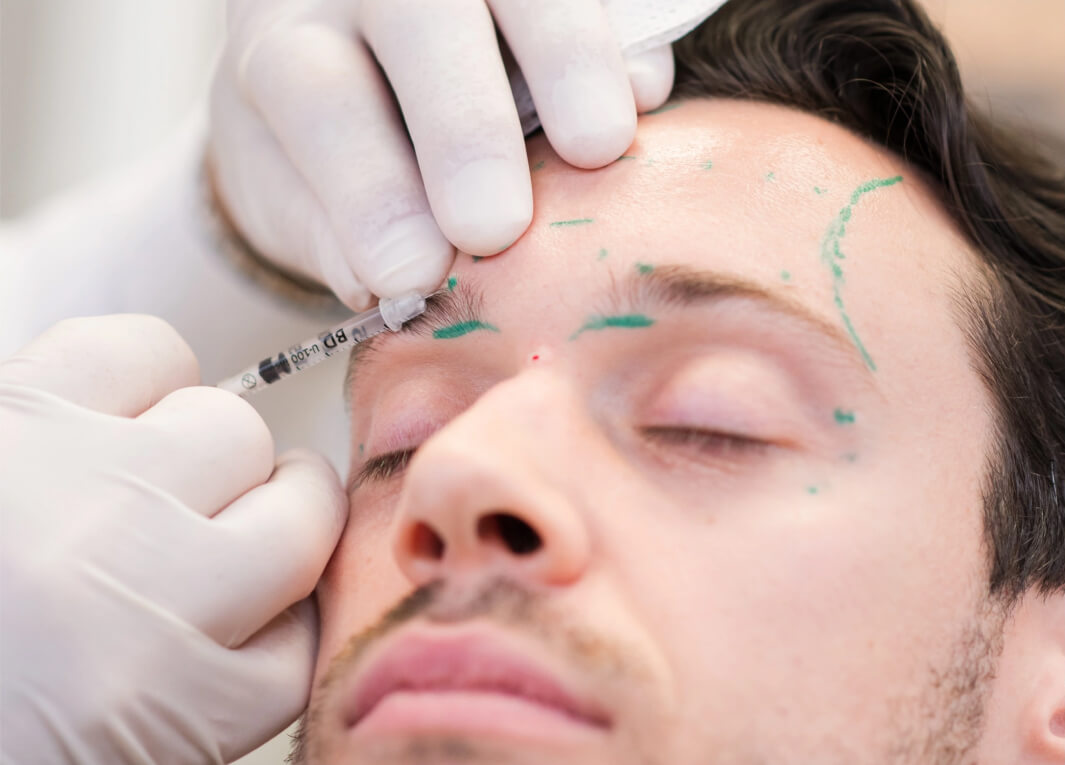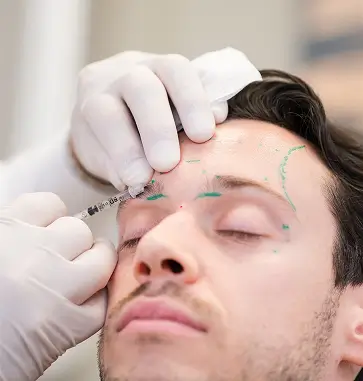Nonsurgical intervention has long been the standard of care for initial therapies related to orofacial pain, TMD, migraines and headaches. But beyond lifestyle changes, bite splints and prescription drugs, little has been done to provide effective, long-term pain relief to patients suffering from conditions like chronic migraines. That is, until Botox therapy. Although most people are familiar with the tremendous aesthetic benefits of Botox, the injectable medication is equally as effective at preventing and managing orofacial pain.
Botox Therapeutic: A Natural Muscle Relaxer
The reason Botox is effective as an aesthetic drug is because of the modality behind the wrinkle-relief. As a natural muscle relaxer, Botox eases muscle tissue contraction to prevent creasing and skin folds on a surface level. Underneath, the affected muscles continue to function but at a decreased level of tension at the cellular level. In return, those treated tissues do not experience the same level of muscle fatigue as before the drug was administered. Pain relief is a natural effect of the drug’s mechanism. Because results can last several months at a time, therapeutic use of Botox is preferred over other prescription or over-the-counter pharmaceuticals.
Knowledge Necessary for Therapeutic Drug Use
Numerous studies show that most practitioners are not as familiar with the therapeutic uses of Botox as they are with traditional aesthetic treatments. Specifically due to the higher threshold doses required for effective migraine and TMD pain relief.
Electromyograph (EMG) analytics must be incorporated into palliative Botox therapy. Otherwise, the practitioner is essentially blinded while attempting to treat the condition. But providers must be familiar with EMG equipment and practices in order to dose medication appropriately.
Pain Relief for 4-12 Months with Botox Therapeutic
Experienced practitioners who incorporate EMGs into their therapeutic Botox regimen can expect continual pain relief management in their patients, even before the onset of the drug effects wears off. Whereas those who are less familiar with therapeutic effects typically measure relief based on a patient’s complaints of returning symptoms.
EMGs work by identifying which muscles are contributing to the migraine, headache, or TMD pain, measuring their level of activity so that re-injections can occur at strategic timeframes as necessary.
Why it Matters
Medical professionals currently recognize over 800 uses of botulinum toxin medications, whereas there continues to be a perception among providers that the adjunctive use of Botox remains to be superficial or minutely aesthetic, at best. In reality, dental providers are uniquely positioned because of their expertise in orofacial anatomy to provide therapeutic pain relief to their patients.
Combining Technology with Training
By using EMGs and corresponding PTIFAT injection dosing templates, practitioners can eliminate the guesswork of palliative Botox relief for their patients. Level 2 and Level 3 PTIFAT training courses equip practitioners with the resources required to confidently administer Botox for therapeutic pain relief purposes in their patients struggling with chronic muscle pain. The aesthetic advantages of cosmetic injectables are simply a natural side effect of the foundational therapeutic mechanism that the drug has to offer.
PTIFAT Level 2 and Level 3 courses offer a combination of online and hands-on training, allowing practitioners to study and incorporate Botox into their practice on their own respective schedules. View our upcoming course calendar and register today.







